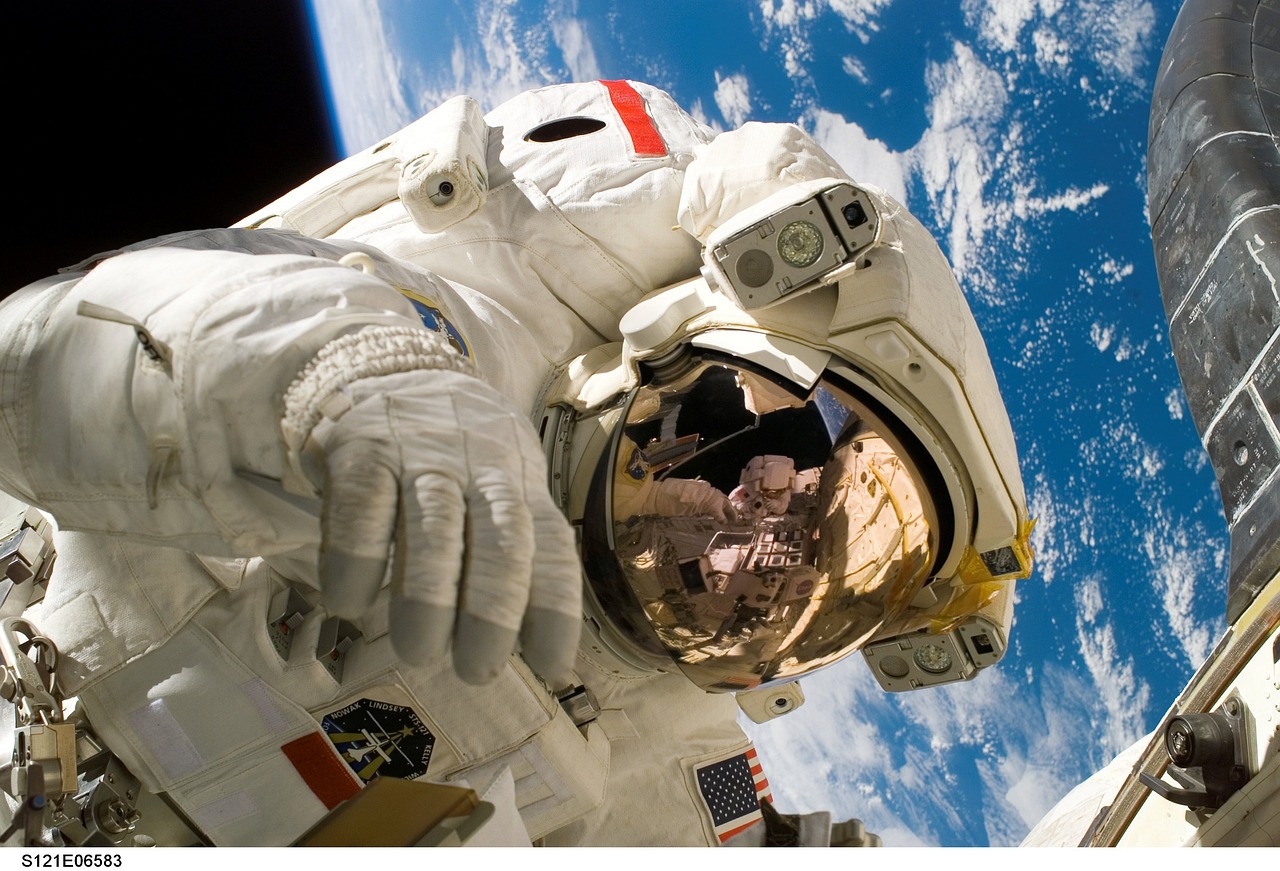
History
of Modern astronomy
We can study The history of modern astronomy over two
centuries: the 19th and 20th centuries. In the following, we examine the
important events in these two centuries.
19th Century
Before photography, the human eye limited the recording of
astronomical data. In 1840, John William Draper, "The Chemist,"
created the first known astronomical photograph of the Moon. And by the end of
the 19th Century, thousands of photographic plates of images of planets, stars,
and galaxies were created. Most photos had a lower quantum efficiency than the
human eye but had the advantage of long integration times. This significantly
increased the data available to astronomers, leading to the emergence of human
computers, known as Harvard computers, to track and analyze data.
Scientists began to discover forms of light that were not
visible to the naked eye. Things like X-rays, gamma rays, radio waves,
microwaves, ultraviolet rays, and infrared rays were such discoveries that were
very useful. This significantly impacted Najo and created the fields of
infrared astronomy, radio astronomy, X-ray astronomy, and gamma-ray astronomy.
With the advent of spectroscopy, other stars were proven to be similar to the
Sun but with a different range of temperatures, masses, and sizes.
Joseph von Fraunhofer and Angelo Sci pioneered the science
of stellar spectroscopy. By comparing the spectra of stars such as Sirius, the
"evening" with the Sun, they found differences in the strength of the
number of their absorption lines. Dark lines in stellar spectra result from the
absorption of specific atmospheric frequencies. In 1865, Angelo Sci began to
classify stars into spectral types. The first proof of helium was celebrated on
mid of August 1868 as a bright yellow spectral line with a wavelength of 587.49
nm in the Sun's chromosphere range. This line was detected by the French
astronomer Jules Janssen during a total solar eclipse in Guntur, India.
The first direct measurement of a star (the star 61 Makian
at 11.4 light-years) was made in 1838 by Friedrich Bessel using the parallax
technique. Parallax measurements showed a wide separation of stars in the
heavens. In 1834, Friedrich Bessel scanned changes in the appropriate motion of
the star Sirius and inferred a hidden partner. Edward Pickering discovered the
first spectroscopic binary in 1899 when he attended the periodic splitting of
the spectral lines of the star Mizar over 104 days.
Astronomers such as Friedrich Georg Wilhelm von Strowe and
Sherborn Wesley Burnham collected detailed observations of many binary star
systems. Thus the masses of the stars could be determined from orbital
elemental calculations. The first solution to the problem of deriving the orbit
of binary stars from telescope observations was presented by Felix Savory in
1827.
In 1847, Maria Mitchell observed and discovered a comet
using a telescope.
20th Century
By amassing large sets of astronomical data, teams like the
Harvard computers rose to prominence, leading to many female astronomers previously
recognized as assistants to male astronomers. The United States Naval
Observatory (USNO) and other astronomical research institutions employed human
computers to perform tedious calculations while scientists did more critical
research that required more background knowledge. Several discoveries in this
period were initially noted by women and reported to their supervisors.
Henrietta Swan-Leavitt discovered the relationship of the variable period of
the Cyphosian star, which she further developed into a method for measuring
distances outside the solar system.
Harvard computer veteran Annie Jump Cannon developed the
modern version of the star classification scheme in the early 1900s. (O B A F G
K M by color and temperature) who manually classified more stars in his
lifetime than anyone else. (something around 350,000)
The 20th Century saw rapid and increasing advances in the
scientific study of the stars. Carl Schwarzschild discovered that the color of
a star and, thus, its temperature could be determined by comparing the visual
and photographic magnitudes. The development of the photoelectric photometer
made it possible to measure the extent at multiple wavelength intervals
accurately. In 1921, Albert Abraham Michelson made the first measurement of the
diameter of a star using an interferometer at the Hooker telescope at the Mount
Wilson Observatory in California, USA.
Crucial theoretical work on the physical structure of stars
was done in the first decades of the 20th Century. In 1913, the Hertz-Sprung-Russell
diagram was developed, advancing the astrophysical study of stars. In 1906 in
Potsdam, "present-day Germany-former German Empire," Danish
astronomer Einar Herzsprung published the first color-versus-luminosity charts
for stars. These diagrams showed a prominent and continuous sequence of stars,
which he called the main sequence. At Princeton University, Henry Norris
Russell plotted the spectral types of these stars against their absolute
magnitudes and found that dwarf stars followed a special relationship.
This allowed the actual luminosity of a dwarf star to be
predicted with reasonable accuracy. Successful models were developed to explain
stellar interiors and stellar evolution. Cecilia Helena Payne-Gapushkin first
proposed in her doctoral thesis in 1925 that stars are composed primarily of
hydrogen and helium. The spectrum of stars was further understood through
advances in quantum physics. This allowed the chemical composition of the
star's atmosphere to be determined. As stellar evolutionary models developed in
the 1930s, Bengt Stromgroen introduced the term Hertz-Sprung-Russell diagram to
represent the luminosity-spectral class diagram, a refined scheme for
classifying stars in 1943 by William Wilson Morgan and Philip Childs. Keenan
was published.
The existence of our galaxy, the Milky Way, as a separate
group of stars was only proven in the 20th Century, along with the presence of
the outer galaxy and, a little later, the universe's connection in the record
of most galaxies.
By the beginning of the physics of quantum, spectroscopy was
additionally purified. It was found that the Sun is part of a galaxy of more
than 1010 stars (10 billion stars). The existence of other galaxies, a matter
of great debate, was settled by Edwin Hubble, who identified the Andromeda
Nebula as a different galaxy.
